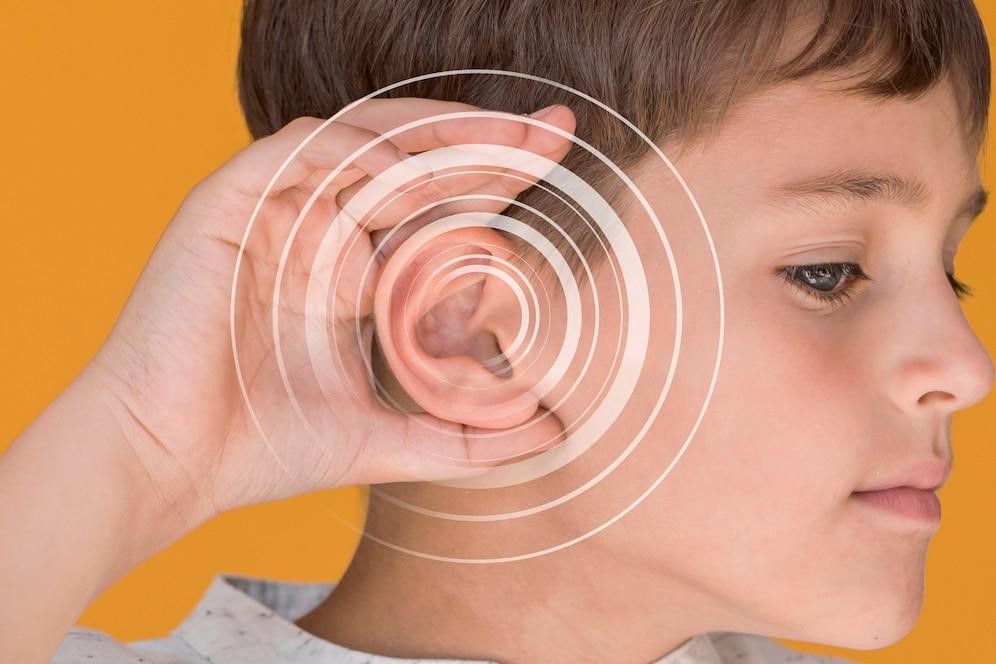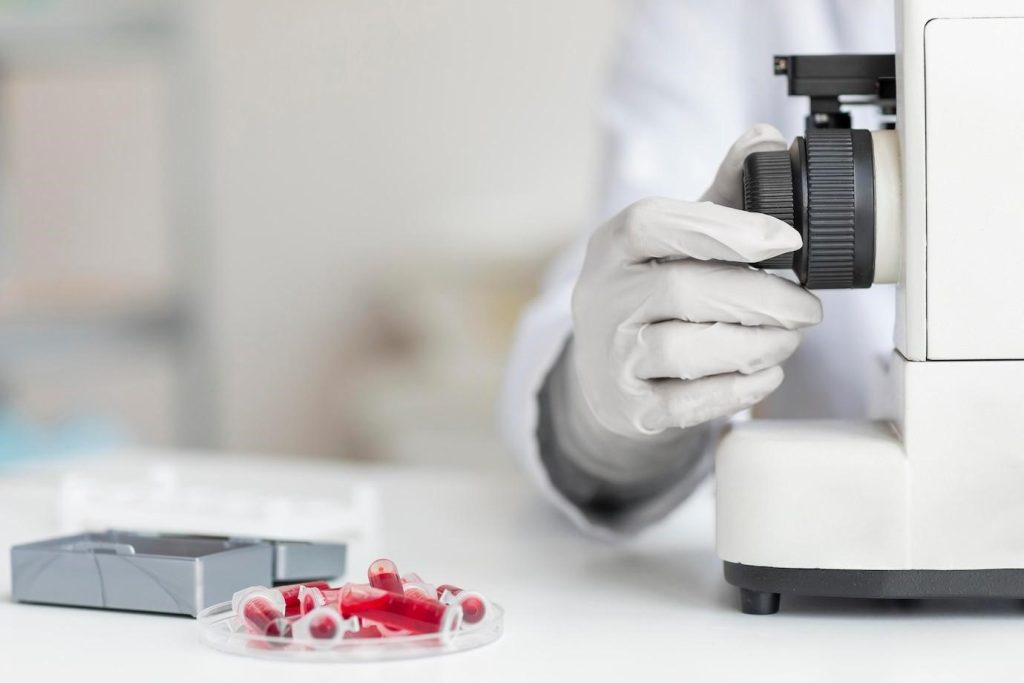Better Hearing Solutions: Navigating The World Of Hearing Aids

Navigating hearing aid options can be overwhelming, but we’re here to help at Better Hearing Solutions. Our experts offer personalized solutions tailored to your lifestyle, from cutting-edge technology to discreet designs. We aim to provide you with the support and information you need to make an informed decision. Our friendly approach creates a comfortable environment where you can openly discuss your concerns. Let us enhance your hearing and improve your quality of life. Explore Better Hearing Solutions for the best in hearing aid solutions.
Understanding Hearing Loss And The Need For Hearing Aids
Hearing loss, a widespread issue affecting millions globally often stems from various causes, such as aging or exposure to loud noises. This condition can significantly disrupt daily life, hindering communication and social interactions.
Fortunately, hearing aids in Southern Maine have a solution. These small yet powerful devices play a crucial role in assisting individuals with hearing loss by amplifying sound. By capturing, processing, and delivering amplified sound to the ear, they help restore auditory function.
What sets these aids apart is their personalized approach. In Southern Maine, specialized hearing aids are meticulously tailored to meet the unique needs of each individual. With ongoing advancements, these aids have …



